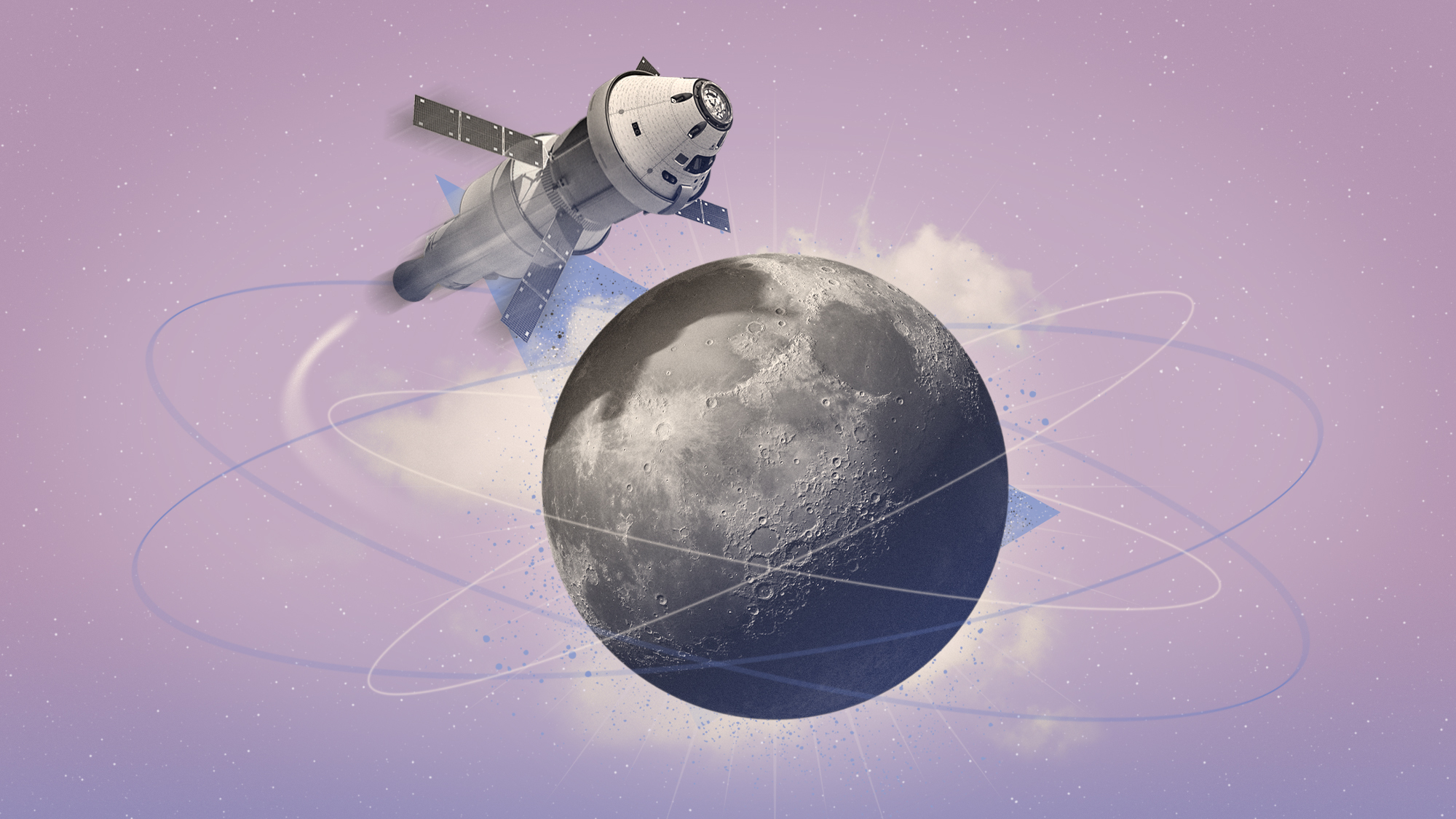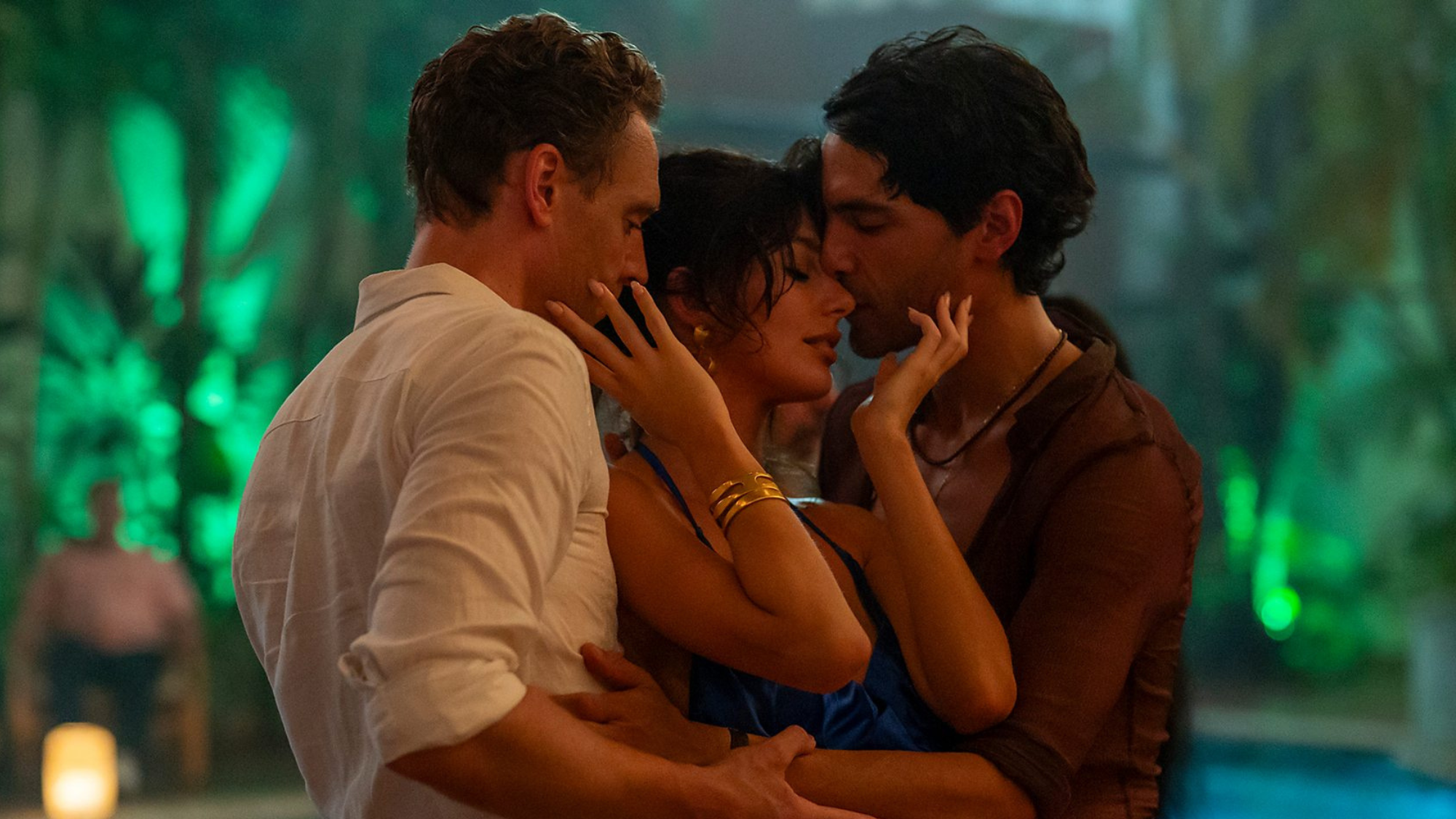The coming-out party
Thousands of Democratic delegates descended on Boston this week for the party’s presidential convention. Soon, the Republicans will get their turn, in New York. By now, we all know who’s running, so what’s the point?
What’s the purpose of political conventions?
Modern conventions are highly scripted events aimed at producing maximum amounts of flattering attention for candidates chosen months earlier. Essentially, they’re four-day-long campaign ads, produced by the Democratic and Republican parties. Ted Koppel, host of ABC’s Nightline, called the 1996 Republican convention a four-day “infomercial,” and walked out. The broadcast networks now all agree on this point and have cut their live coverage of the four-day events to a total of three hours. “This is the dirty little secret about national political conventions,” says veteran political columnist Jack Germond. “Nothing much happens.”
Were conventions always so boring?
The Week
Escape your echo chamber. Get the facts behind the news, plus analysis from multiple perspectives.

Sign up for The Week's Free Newsletters
From our morning news briefing to a weekly Good News Newsletter, get the best of The Week delivered directly to your inbox.
From our morning news briefing to a weekly Good News Newsletter, get the best of The Week delivered directly to your inbox.
No. For more than 100 years of our history, they were free-for-alls of high-stakes horse-trading, heated debates over policy, and power struggles so bitter they sometimes ignited into fistfights. Amid this chaos, hundreds of delegates would actually choose a presidential nominee. When the fledgling Republican Party held its first convention, in 1856, it was so disorganized that each state sent as many delegates as it wanted. The Democrats, who held their first national gathering in 1832, required a two-thirds majority to pick a nominee, and it often took more than a dozen ballots for someone to win. In 1924, Democrats deadlocked for 17 days over two front-running candidates before compromising, on the 103rd ballot, on an obscure former ambassador named John W. Davis. The process was “vulgar” and “stupid,” yet “as fascinating as a revival or a hanging,” H.L. Mencken wrote in 1924. “It’s hard upon both the cerebral centers and the gluteus maximus, and yet it is somehow charming.”
But was it democratic?
That’s debatable. Party bosses in each state handpicked their delegates, which meant that the average citizen didn’t have any direct input until Election Day. During the Progressive Era, the public began demanding some say in the choice of presidential candidates, and a few states instituted primaries. But the first big crack in the old system came in 1912, when Theodore Roosevelt—who’d served as president from 1901 to 1908—decided to make a comeback. His candidacy put party leaders in an awkward position: Roosevelt was wildly popular among rank-and-file Republicans, but the GOP already had a candidate—the incumbent Republican president, William Howard Taft.
What did the Republicans do?
A free daily email with the biggest news stories of the day – and the best features from TheWeek.com
Before the convention, Roosevelt won nine primaries to Taft’s one, but Taft supporters controlled the party machinery. More than half the delegates arrived committed to Taft. Tensions ran high: Taft derided his old mentor Roosevelt as a “dangerous egotist” and a “demagogue,” and Roosevelt called the corpulent Taft a “fathead.” Fistfights broke out on the convention floor and, after hours, in nearby bars. When it became clear that Taft would be the nominee, Roosevelt and his delegates stormed out and started their own party— the Progressive, or Bull Moose, Party. The result was a disaster for the Republicans. In November, Roosevelt won 88 electoral votes to Taft’s eight, and Republican vote splitting let Democrat Woodrow Wilson waltz into the White House. After that, both Republicans and Democrats began holding more primaries to let voters choose more of the delegates, although party leaders made sure they controlled enough delegates to tip the scales. It took another disastrous convention to force the parties to truly relinquish their grip on the nominating process.
Which convention was that?
The 1968 Democratic convention, in Chicago. Sen. Eugene McCarthy came to the convention with a large following of reformers who shared his passionate opposition to the Vietnam War. His major opponent was Vice President Hubert Humphrey, who hadn’t run in a single primary. When party leaders made it clear that their old stalwart, Humphrey, would get the nomination anyway, McCarthy delegates joined the other anti-war protesters out on the streets. The protesters clashed violently with police, who waded into the melee with batons and tear gas. Humphrey got the nomination (and lost to Richard Nixon), but McCarthy supporters got an important consolation prize.
Did the U.S. pull out of Vietnam?
So why bother holding them?
Red staters in a blue state
-
 Nicolás Maduro: from bus driver to Venezuela’s president
Nicolás Maduro: from bus driver to Venezuela’s presidentIn the Spotlight Shock capture by US special forces comes after Maduro’s 12-year rule proved that ‘underestimating him was a mistake’
-
 Artemis II: back to the Moon
Artemis II: back to the MoonThe Explainer Four astronauts will soon be blasting off into deep space – the first to do so in half a century
-
 The Night Manager series two: ‘irresistible’ follow-up is ‘smart, compelling’ TV
The Night Manager series two: ‘irresistible’ follow-up is ‘smart, compelling’ TVThe Week Recommends Second instalment of the spy thriller keeps its ‘pace’, ‘intrigue’ and ‘sly sexiness’